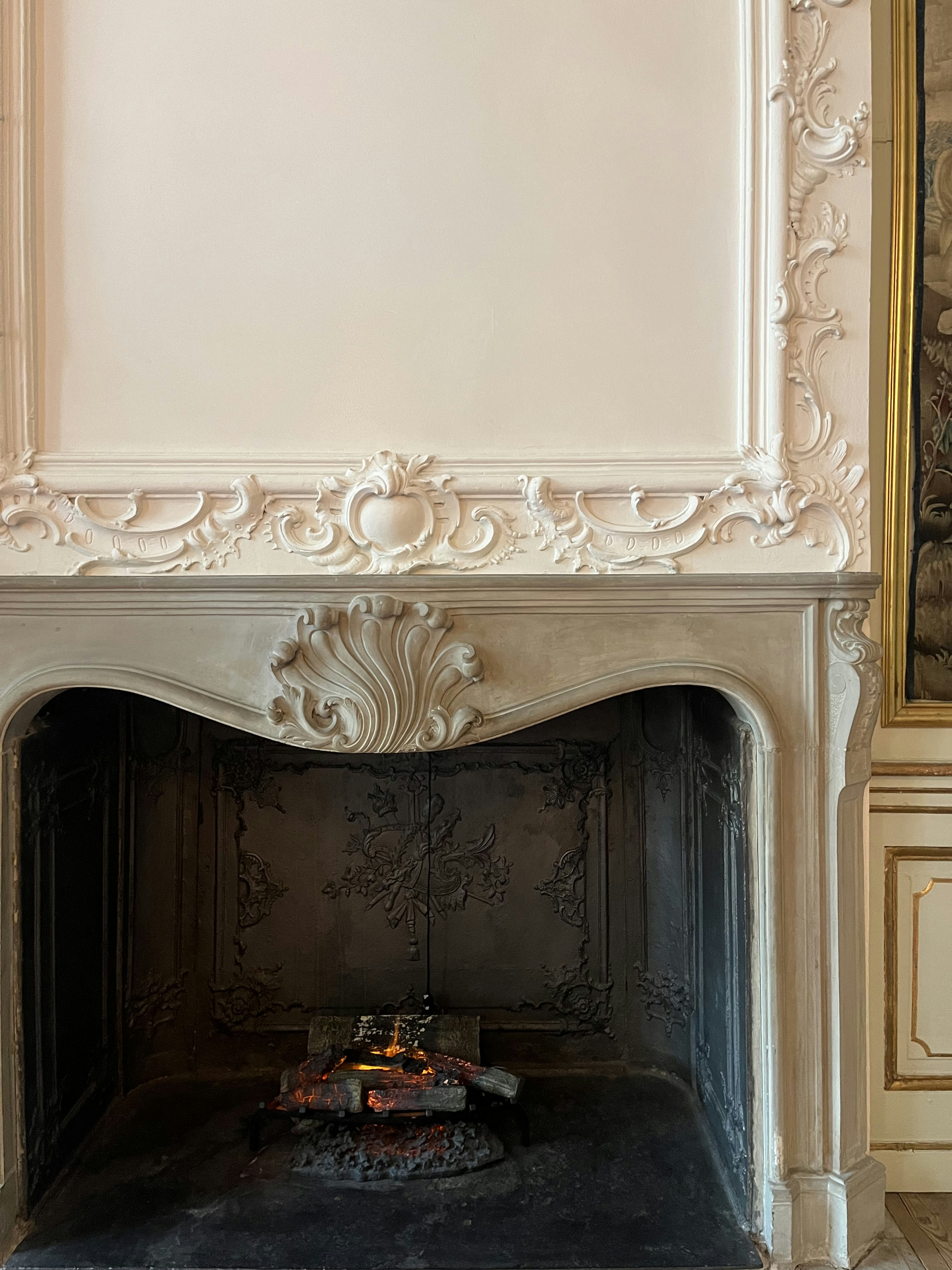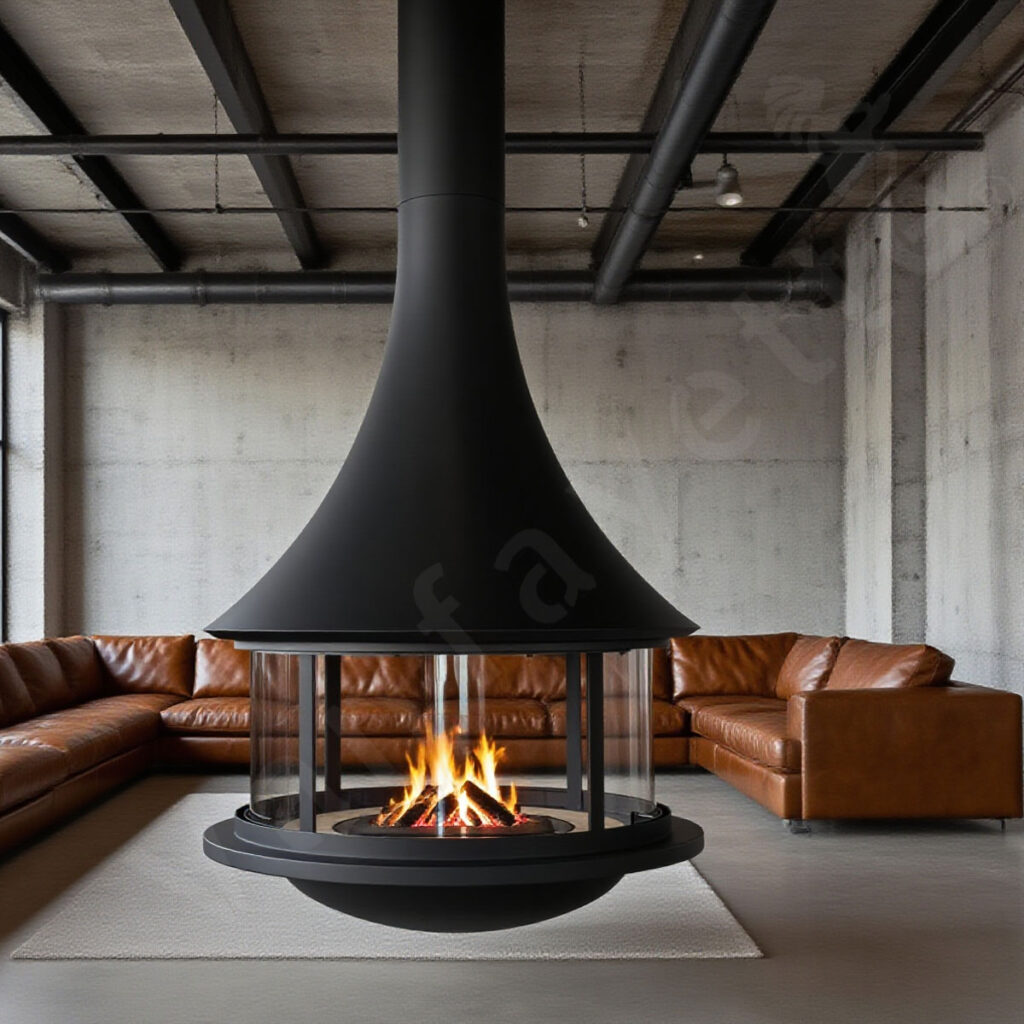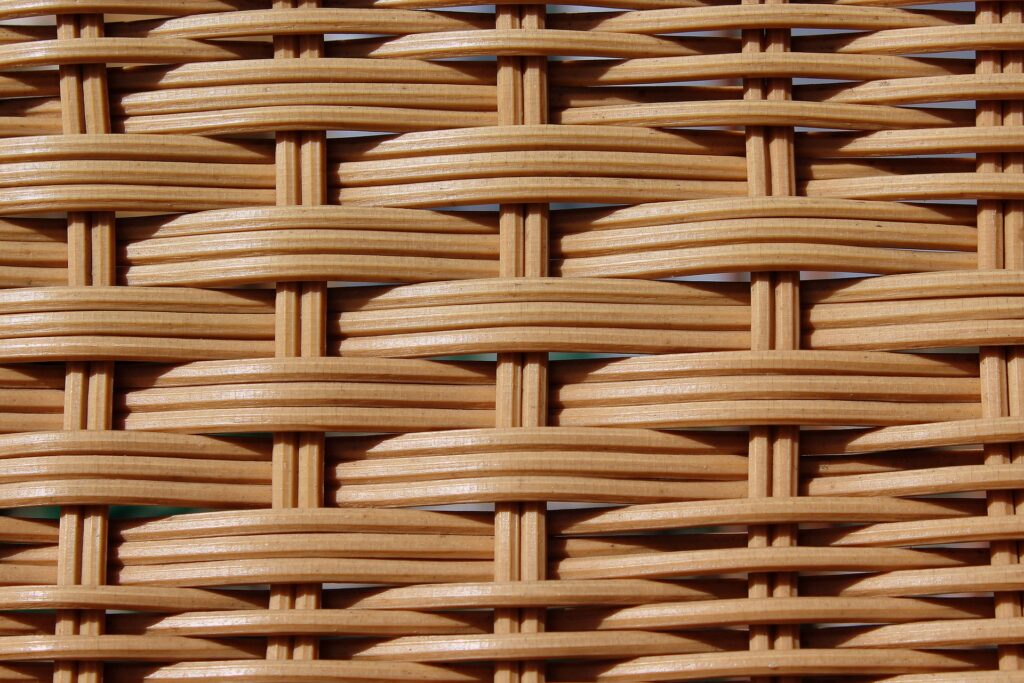
The Timeless Charm of Traditional Fireplaces
Traditional fireplaces have long been celebrated for their unique characteristics and historical significance. These architectural elements are often crafted from durable materials such as stone, brick, or cast iron, which not only enhances their aesthetic appeal but also ensures their longevity. The craftsmanship involved in constructing a traditional fireplace reflects a dedication to detail and artistry that is increasingly rare in today’s modern designs. Each fireplace tells a story, often indicative of the era in which it was built, providing a tangible connection to the past.
One of the most compelling attributes of traditional wood-burning fireplaces is their ability to create a warm and inviting atmosphere. The flickering flames and the rustic sound of crackling wood promote a sense of comfort and relaxation, making them ideal for cozy evenings spent in quiet reflection or lively gatherings with family and friends. This cozy ambiance is particularly appealing in rustic or classic interiors, where the fireplace serves not only as a functional heating source but also as a stunning focal point. Its presence can elevate the overall design of a space, drawing attention and admiration from those who enter.
Furthermore, traditional fireplaces resonate with buyers who value authenticity and luxury features. Homeowners often seek out properties with these timeless elements, especially in historic homes where such fireplaces enhance the overall character of the residence. The allure of a traditional fireplace lies not just in its functionality but in the emotional connection it fosters—evoking memories of family gatherings, holiday celebrations, and moments of quiet solitude. As such, a well-preserved traditional fireplace can significantly enhance the appeal and value of a home, making it an investment that transcends trends and withstands the test of time.
The Sleek Appeal of Modern Fireplaces

Modern fireplaces have evolved significantly from their traditional counterparts, showcasing a striking blend of design and functionality. Among the various types of modern fireplaces, options such as gas, electric, and suspended wood-burning models stand out due to their clean lines and minimalistic aesthetics. These features provide a contemporary touch to any living space, making them ideal for open-plan layouts and modern homes.
One of the most appealing aspects of modern fireplaces is their versatility in placement. Unlike traditional fireplaces, which often dictate the home’s layout, modern designs can be strategically positioned to enhance any area. Whether integrated into a wall, freestanding, or suspended from the ceiling, these fireplaces can adapt to diverse interior designs, contributing to a seamless flow in contemporary homes.
The growing trend among younger homeowners for sustainability and low maintenance further drives the popularity of modern fireplaces. Gas and electric fireplaces are particularly attractive options, as they often have lower emissions and require minimal upkeep compared to traditional wood-burning fireplaces. This focus on eco-friendliness resonates with those seeking both style and sustainability, thereby increasing the modern fireplace’s appeal in today’s market.
In terms of home value, modern fireplaces are seen as an asset, particularly among buyers who prioritize aesthetics and convenience. Their sleek designs not only enhance the visual appeal of living spaces but also modernize the overall ambiance of a home. Many real estate professionals indicate that properties featuring modern fireplaces can fetch higher prices, reflecting the growing preference for contemporary living solutions in the housing market. The integration of a modern fireplace can thus be viewed as both an investment in style and an enhancement of a home’s value.
Efficiency and Sustainability: A Key Comparison
When discussing fireplaces, efficiency and sustainability have become paramount considerations, particularly in the context of modern energy-conscious living. Traditional fireplaces, while valued for their aesthetic appeal and ambiance, often exhibit significant drawbacks regarding heat efficiency. These fireplaces operate by burning wood or coal, generating heat that predominantly escapes up the chimney. Consequently, they serve primarily as a decorative element rather than a reliable source of warmth, causing homeowners to rely on additional heating methods to maintain comfort during colder months.
In contrast, modern fireplaces have been meticulously designed with advanced technology aimed at optimizing heat output and reducing environmental impact. Many contemporary models employ direct venting systems, sealed combustion, and sophisticated blowers to create more controllable flames and enhanced heat retention. These fireplaces not only produce more warmth for every unit of fuel consumed but also significantly lower emissions, aligning with today’s focus on sustainability. Features such as programmable thermostats and remote controls offer users the ability to maintain their preferred temperature efficiently, further enhancing their overall utility.
The growing importance of sustainability in the housing market cannot be overstated. As more buyers prioritize eco-friendly solutions, homes equipped with modern fireplaces often yield greater appeal. Properties that boast state-of-the-art, energy-efficient heating solutions tend to command higher market values. This trend reflects a broader shift in homeowner preferences toward reducing carbon footprints while achieving comfort and style. In doing so, modern fireplaces represent not only a choice in design but also a commitment to environmental stewardship that can significantly influence purchasing decisions.
Determining Value: Which Fireplace is Right for You?
When deciding between a traditional and modern fireplace, it is essential to consider the type of property you own, your target audience, and overall lifestyle preferences. Traditional fireplaces are often characterized by their classic design, typically featuring ornate mantels and brick or stone finishes. These fireplaces can significantly enhance the ambiance of historic or luxury homes, making them particularly appealing to buyers seeking authenticity and charm. The warmth and elegance they provide often resonate with individuals who appreciate traditional craftsmanship and timeless aesthetics.
On the other hand, modern fireplaces tend to favor sleek lines, minimalist designs, and often utilize alternative fuel sources or advanced technology. This style is highly suitable for contemporary homes or urban dwellings that prioritize space efficiency and energy conservation. Modern fireplaces often incorporate features such as clean-burning gas options, which align well with eco-conscious buyers who are interested in sustainability and efficiency. Their ability to blend seamlessly into modern architecture can elevate the property’s overall design and appeal.
Ultimately, the right choice hinges on the intersection between aesthetics, practicality, and lifestyle. For properties that fall within historic districts or have a classic architectural style, a traditional fireplace may not only enhance the visual appeal but also contribute to the home’s historical value. Conversely, for properties in bustling urban areas or those tailored for modern living, a sleek, contemporary fireplace offers a functional element that aligns with contemporary tastes.
Both traditional and modern fireplaces have their merits, showcasing fabulous designs while also offering potential boosts in property value. Assessing personal preferences and the expectations of potential buyers will aid in making an informed decision that ultimately enhances the overall appeal and functionality of your space.


